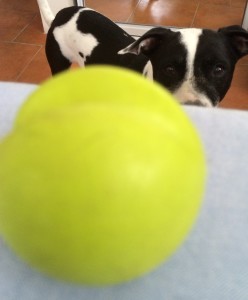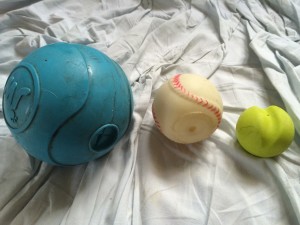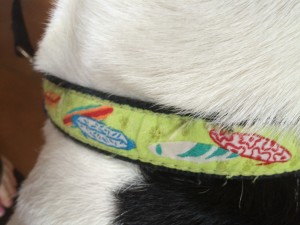Wait Just a Minute!
 Day TEN-21 Day Positive Training Kickstart Challenge
Day TEN-21 Day Positive Training Kickstart Challenge
The second important aspect of working with a learner is patience. Often folks are quick to expect instant results when communication might take a moment. In the case of animals, we are communicating via a different language & as such need to remember to allow some time for our learner to figure things out.
You mean they don’t understand English (or Spanish, or French, or Japanese)? Some might say, “I’m sure MY dog knows exactly what I’m saying. When I tell Fido to “come” and he runs away he is just being stubborn.” Dogs & most animals are keen observers of body language. Quite often we are communicating volumes of data without even saying a word.
Hence, it is important to remember that repeating the same thing over & over without the result you are seeking isn’t productive. Instead, asking once & waiting to see what happens may yield surprising results! Repetition builds confidence & that strengthens behavior!
ACTION: Try asking your dog for “eye contact.” Say their name & then wait. If they turn to you or look at you, reinforce (a pat, “good boy,” bit of something yummy) that behavior! Repeat 🙂


